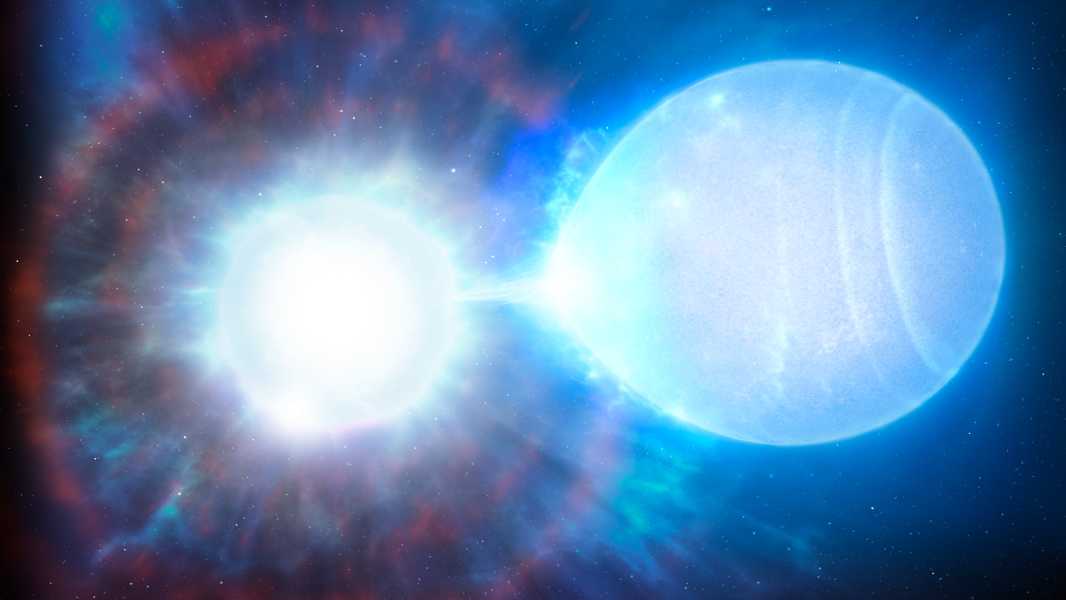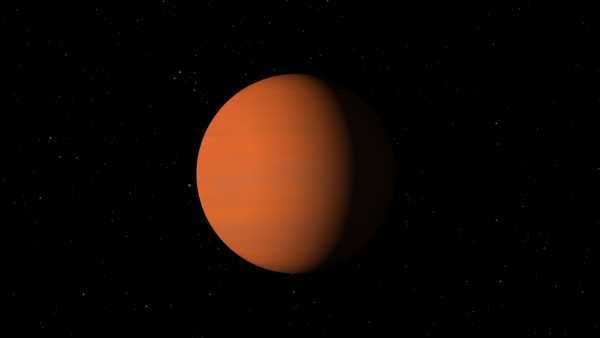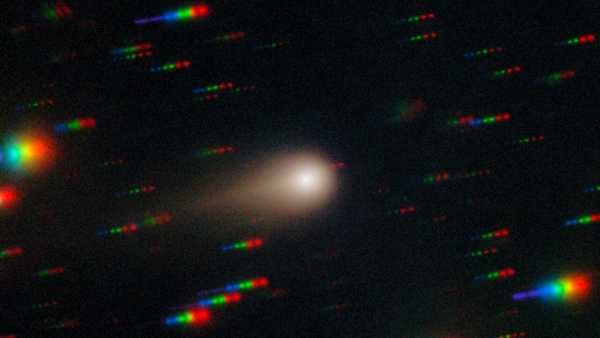
A newly discovered pair of white dwarfs will explode as a Type 1a supernova when they get too close to each other in about 23 billion years. (Image credit: University of Warwick/Mark Garlick)
A pair of spinning white dwarfs on our cosmic doorstep are destined to explode as a rare quadruple supernova that would shine 10 times brighter than the Moon in the night sky, a new study suggests.
However, this dazzling spectacle will not occur for another 23 billion years, meaning that humanity will no longer be able to observe it, and even if it could, there would be no moon left to compare it to.
White dwarfs are the compact, compressed cores of once-powerful stars that have shed their outer gas layers into space. In a new study published April 4 in the journal Nature Astronomy, scientists have shown that WDJ181058.67+311940.94, a white dwarf binary star system located just 150 light-years from Earth, is destined to die as a Type 1a supernova, one of the most powerful types of stellar explosions. The research team first discovered these ultra-dense stars, along with 33 other white dwarf binaries, in a separate study published in July 2024.
The white dwarfs have a combined mass of about 1.56 solar masses — the highest on record for a system of this type — despite both being roughly the same size as Earth. They currently orbit each other every 14 hours, but this will eventually shrink to every 30 or 40 seconds as they draw closer. When this happens, the mass of one star will fall onto its partner, causing the system to die catastrophically.
“When I first noticed this very high-mass system at the edge of our galaxy, I was absolutely thrilled,” said lead study author James Munday, a PhD student at the University of Warwick in England who also led the 2024 study. “Having discovered that the two stars were only 1/60th the distance from Earth to the Sun, I quickly realized that we had discovered the first white dwarf binary system that would certainly result in a Type 1a supernova.”

The simulation shows how multiple supernova explosions would occur when white dwarfs get close enough to each other.
The supernova will consist of four separate explosions. The first will occur on the surface of the white dwarf, which will accumulate mass, which will then lead to the explosion
Sourse: www.livescience.com





